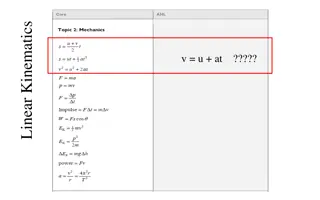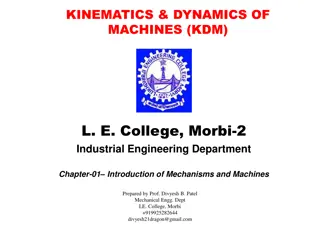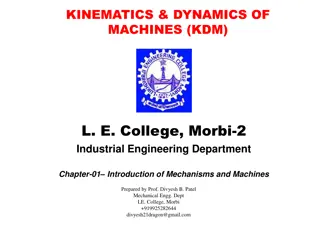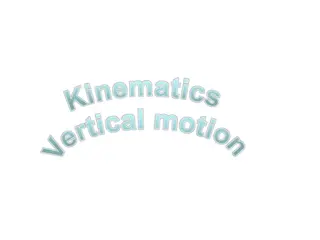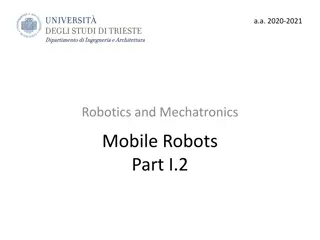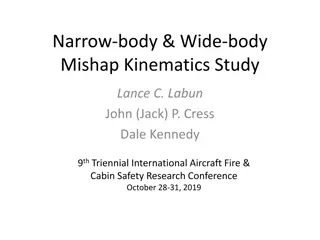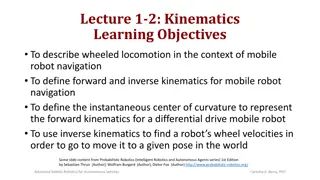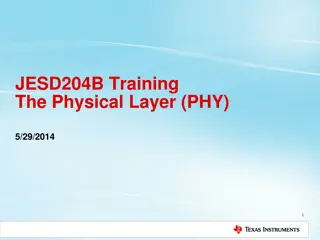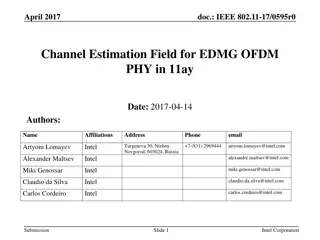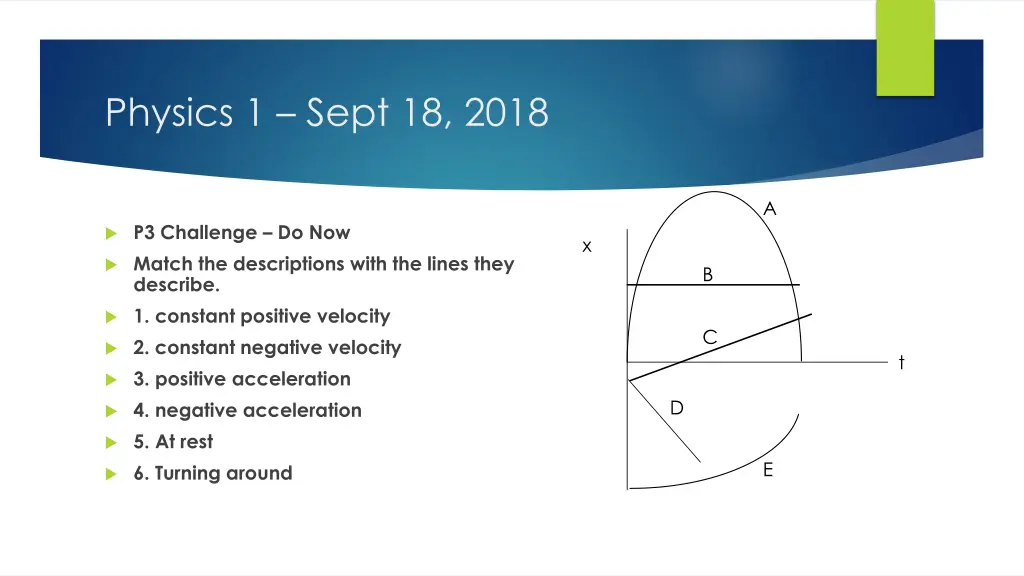
Kinematic Equations for Constant Acceleration in Physics
Learn about constant acceleration and how to solve problems using the kinematic equations in physics. Practice problems included for better understanding.
Download Presentation

Please find below an Image/Link to download the presentation.
The content on the website is provided AS IS for your information and personal use only. It may not be sold, licensed, or shared on other websites without obtaining consent from the author. If you encounter any issues during the download, it is possible that the publisher has removed the file from their server.
You are allowed to download the files provided on this website for personal or commercial use, subject to the condition that they are used lawfully. All files are the property of their respective owners.
The content on the website is provided AS IS for your information and personal use only. It may not be sold, licensed, or shared on other websites without obtaining consent from the author.
E N D
Presentation Transcript
Physics 1 Sept 18, 2018 A P3 Challenge Do Now x Match the descriptions with the lines they describe. B 1. constant positive velocity C 2. constant negative velocity t 3. positive acceleration D 4. negative acceleration 5. At rest E 6. Turning around
Objectives and Agenda IB 2.1 Motion 1D Motion (Const. acceleration) Agenda for IB 2.1 Motion Constant acceleration problems Freefall Assignment: IB 2.1 1D Motion Practice Worksheet p 6-7
Constant acceleration Many types of motion occur with constant acceleration. 5 variables are used to completely describe 1D constant acceleration: s, displacement, m u, initial velocity, m/s v, final velocity, m/s a, acceleration, m/s2 t, time, s Set of 5 kinematic equations that express how these variables are related to one another. Each equation uses only 4 out of the 5 variables.
The Kinematic Equations ? = ? + ?? missing s Things to notice about the equations: First is the definition of acceleration rearranged ? = ?? +? ???? missing v missing t ??= ??+ ??? (Calculus: second is the first integrated) ? = ? ? =? Third is what you get when you eliminate t from one and two. missing a ?? + ? ? ? = ?? ? ???? missing u Fourth: For constant acceleration, average velocity is the simple average of the initial and final velocities. Fifth: Rarely used. Not even listed sometimes.
Solving Constant Acceleration Problems 1) List the five variables involved. SUVAT 2) Reread the problem to identify values for 3 of the 5 variables. 3) Identify which variable is asked for and label with ? 4) Identify the fifth variable as missing from the problem. 5) Select the kinematics equation to use. (Based on missing variable) 6) Substitute values into the equation. 7) Solve for the unknown. 8) Evaluate the answer. (Does it make sense? Sigfigs? Units?)
Sample problem A train moving in a straight line with an initial velocity of 0.50 m/s accelerates at 2.0 m/s2 for 2.0 seconds. a) What is the final velocity of the train? b) How far did the train travel during this acceleration?
Practice You are driving through town at 12.0 m/s when suddenly a basketball rolls out in front of you. You apply the brakes and begin decelerating at 3.5 m/s2 . a) How far do you travel before stopping? b) when you have traveled only half the distance in part a), what is your speed?
Freefall A special case of constant acceleration is an object in freefall: moving unhindered through air near earth in a vertical dimension. Dropped Launched from the ground going up, then coming down. Launched up from a height Thrown down from a height
Freefall Default frame of reference sets y= 0 m at the ground with positive y directed upward. For all freefall problems, acceleration = -9.81 m/s2 (the acceleration due to gravity, always negative because g always pulls downward near earth) (a = -g) At the top of a freefall motion where an object turns around, at that moment, the velocity is zero. For the ground up, then down to ground again, the initial velocity up = final velocity down (Due to symmetry, velocities are equal and opposite.) Time up = time down. Total time = 2 times time up
Sample Problem A man riding in hot air balloon ascending at 3.50 m/s accidentally drops his phone over the side of the basket when the balloon is 16.3 m above the ground. a) With what velocity does his phone hit the ground? b) How long does it take for the phone to hit the ground? c) What maximum height does the phone reach?
Practice Problems A man riding in a hot air balloon hovering at 15.0 m has his phone stolen by an angry girlfriend who throws the phone down at the ground at 8.5 m/s. a) With what velocity does the phone hit the ground? b) How long does he have to watch his phone in freefall?
Practice Problems Earlier on this date, he had hit a hammer target launching a pellet to fall just short of hitting a bell at the top of a 2.00 m post. a) With what speed was the pellet launched if he was able to make it reach 1.80 m? b) What minimum speed would he need to give the pellet to ring the bell? (Assume the pellet slides on a frictionless cord so is basically in freefall.)
Exit Slip - Assignment A car accelerates at 1.75 m/s2 from rest at a stop light. How long does it take the car to reach a cruising speed of 22.5 m/s ? How far has the car traveled during this time? What s Due? (Pending assignments to complete.) IB 2.1 1D Motion Practice Worksheet p6-7 What s Next? (How to prepare for the next day) Study IB 2.1 (1 D) p35-37

